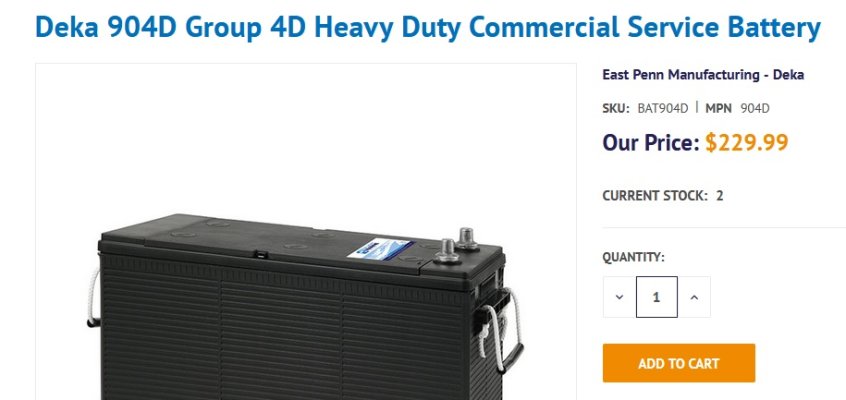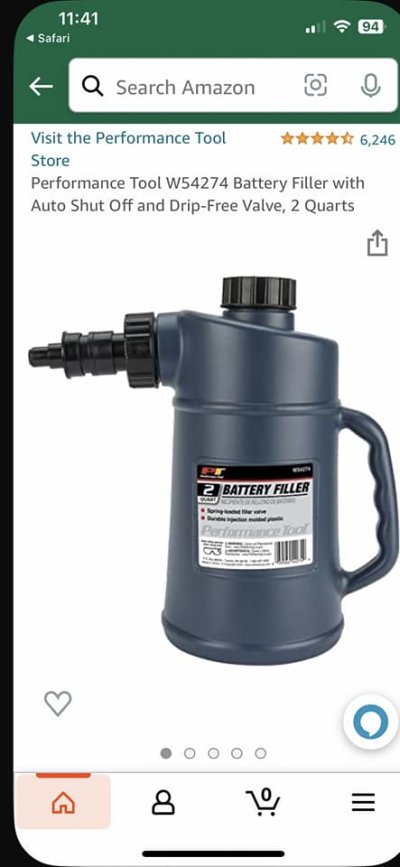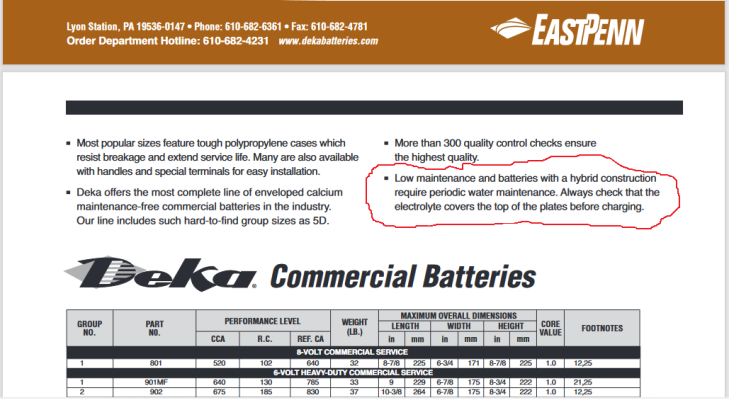Roger Long
Senior Member
A half day of Googling, emails, and phone calls has failed to turn up any evidence that there is a battering watering system or vent valves available for these 4D batteries. Threaded caps, flush or not, seem to be the issue for all group types. I hope someone here can prove me wrong because I'm tired of adding water with my eyes just a few inches above the vents.



